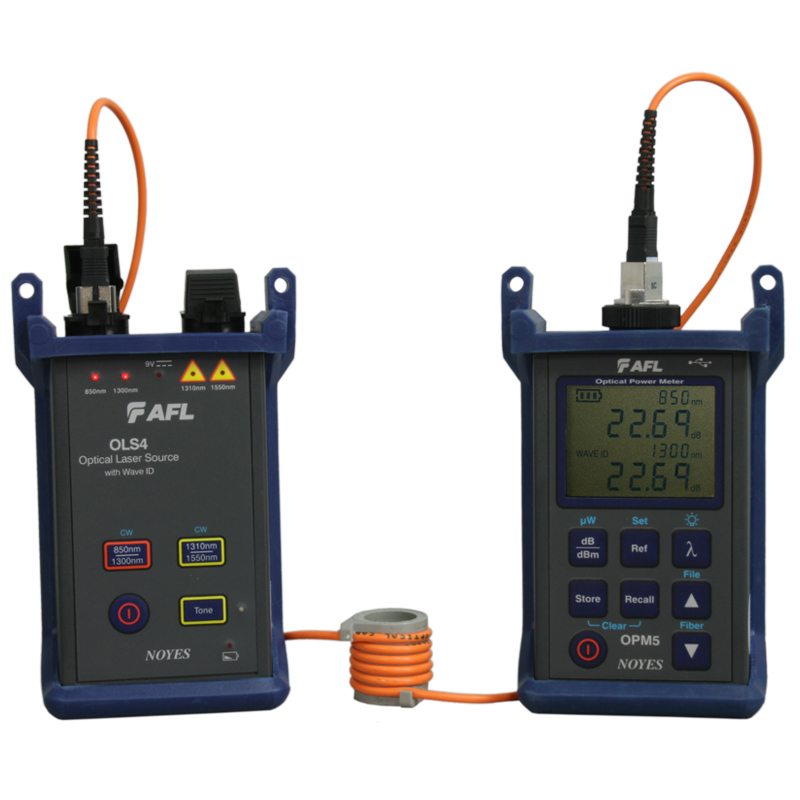Industries rely on fibre testing equipment to ensure product standards.
Industries rely on fibre testing equipment to ensure product standards.
Blog Article
Exploring the Conveniences of Optical Fiber Testing for Boosted Interaction Systems
The significance of optical fiber testing in contemporary interaction systems can not be overstated, as it functions as a structure for guaranteeing network reliability and efficiency. Utilizing innovative techniques such as Optical Time-Domain Reflectometry (OTDR) and insertion loss analysis, companies can not only identify mistakes but additionally enhance their arrangements. This positive testing strategy has profound effects for signal quality and functional efficiency, raising the inquiry of just how these practices contribute to long-lasting sustainability in an ever-evolving technological landscape. Comprehending these dynamics is essential for stakeholders aiming to preserve an affordable side.
Value of Optical Fiber Screening
The value of optical fibre testing can not be overemphasized in today's data-driven atmosphere. As organizations increasingly rely upon high-speed data transmission for daily procedures, the stability and performance of optical fiber networks are extremely important. Evaluating guarantees that these networks can support the large quantities of data created and transferred flawlessly, promoting reliable communication and connection.
Optical fiber testing serves several essential features, including validating installment top quality, determining possible mistakes, and identifying total system efficiency. Regular testing can avoid pricey downtimes and solution disruptions, permitting companies to keep operational connection. Moreover, it helps in compliance with market standards and laws, ensuring that fiber optic installations satisfy needed requirements for security and integrity.
Furthermore, screening can improve the longevity of fiber optic systems. By proactively determining concerns such as signal loss, attenuation, or adapter failures, organizations can address troubles before they escalate, therefore prolonging the life of their framework. In recap, optical fibre screening is not simply a technical requirement however a calculated investment that improves network dependability, enhances efficiency, and eventually sustains the growth and efficiency of contemporary interaction systems.
Trick Checking Techniques
OTDR is a crucial method used to recognize mistakes, measure splice losses, and examine the overall honesty of a fiber optic web link. By sending a pulse of light down the fibre and examining the reflected light, technicians can identify areas of mistakes and evaluate the network's performance over cross countries.
Insertion loss testing gauges the amount of signal loss that occurs when light passes via a connection or splice. This technique is vital for validating that connections fulfill specific loss limits, which is essential for maintaining optimal performance in communication systems.
Optical return loss screening evaluates the quantity of light showed back in the direction of the resource because of flaws in the fibre or connections. High return loss values indicate better performance and lowered signal deterioration.
With each other, these testing methods provide a comprehensive analysis of fiber optic networks, guaranteeing their integrity and functionality in varied interaction applications.
Influence on System Performance
Effective optical fiber testing directly influences the general performance of interaction systems. By making certain the honesty of fiber optic cable televisions, testing identifies possible mistakes such as depletion, splice loss, and adapter misalignment. These issues can considerably weaken signal top quality, causing disturbances and decreased information transmission speeds.

In addition, regular optical fiber screening adds to lasting system sustainability. It enables early discovery of damage, enabling prompt upkeep and upgrades before major failures occur. This not just extends the lifespan of the framework however also ensures that communication systems stay affordable in terms of efficiency.
Cost-Effectiveness and Effectiveness
Cost-effectiveness is a vital consideration in the release and maintenance of optical fibre networks. Applying durable optical fibre screening treatments can significantly decrease operational costs by identifying issues prior to my blog they intensify into major issues. optical fibre testing equipment. By identifying faults, attenuation, and various other efficiency hindrances early, organizations can prevent pricey fixings and downtime, which can interfere with services and lead to profits loss
Additionally, reliable screening approaches simplify the setup process, permitting professionals to function much more efficiently. This translates to decrease work costs and faster task conclusion times. Advanced testing equipment, such as Optical Time Domain Name Reflectometers (OTDRs), allows an exact evaluation of fibre high quality, making sure that just ideal products are used, check these guys out consequently reducing waste.
Regular screening also adds to far better source allotment. By comprehending the network's efficiency, organizations can make educated choices regarding upgrades and developments, making sure that financial investments are made where they are most needed. In summary, optical fibre screening boosts cost-effectiveness and effectiveness, sustaining the long-term sustainability and competition of communication systems in a significantly demanding market.
Ensuring Long-Term Dependability
Carrying out rigorous optical fibre testing not only boosts cost financial savings and operational performance but likewise plays an essential function in guaranteeing the long-lasting dependability of interaction networks. Regular screening practices, including attenuation and transmission capacity evaluations, aid determine possible destruction in fibre performance before it leads to service disruptions.
By using advanced testing methodologies, network operators can identify mistakes or weak points in the fiber framework, permitting timely removal. This positive technique reduces downtime, guaranteeing that interaction systems remain useful and effective. Routine screening adds to the link advancement of a more resistant network, as operators can adjust and enhance their framework based on real-time information insights.
Furthermore, guaranteeing conformity with industry standards via optical fiber screening strengthens the high quality and integrity of the entire communication system. This adherence not only reinforces self-confidence among stakeholders yet also aligns with regulatory demands, which are increasingly strict.
Conclusion
In verdict, optical fiber testing offers as an essential part in boosting interaction systems. By employing numerous screening approaches, such as OTDR and insertion loss analyses, networks can attain ideal efficiency and reliability.
Report this page